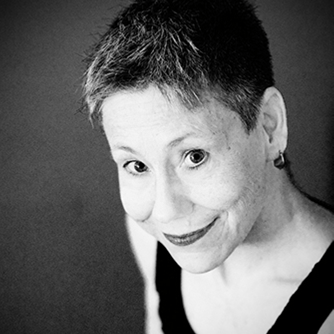In our sorrow and disbelief over the attack in Orlando, we turn to our archives for some insight into the lives of queer Muslims in other parts of the world. Two stories—one from Jordan, one from Iran—describe ruses based on queer identity, and social attitudes toward it, that provide illuminating context.
An excerpt from Fadi Zaghmout’s The Amman Bride opens with the gay narrator caught between his female fiancée and their looming marriage, and his male lover. He urges his male partner to marry as well: “That way we could both have our own families, but carry on seeing each other in secret.” He perpetuates the pretense by introducing his lover to his fiancée as his “best friend” and incorporating him into his straight social life, then lives in constant fear of being inadvertently outed by members of his gay circle. When the couple runs into one such friend who’d been arrested in a club raid in his native Egypt and brutalized in jail before finally escaping to Jordan, the narrator vows to continue passing for straight. Sitting at the café, literally in the middle of his fiancée and his lover, he reflects on the self-abnegation required to survive in this society “more concerned with make-believe than reality.”
In Ghazal Mosadeq’s “Ney Boulevard,” the situation is reversed, as an Iranian émigré desperate to stay in Paris decides to claim he is gay to secure asylum. The ney is a Persian musical instrument, and the location of the Préfecture de Police on the street of the title sends the narrator into a nostalgic rhapsody, quickly and rudely dispersed by the skeptical Refugee Board and the steep requirements for residency. (For a graphic—in every sense—report on the application process, check out the extract from Mana Neyestani’s A Short Guide to Being the Perfect Political Refugee, set in this very préfecture.) A friend, noting tartly “Your problem is that you say you are gay but have never seen a gay guy in your entire life,” offers to set him up with a gay man whose story and mannerisms he can appropriate for the application. As he awaits this “tutor” in a café, growing progressively drunker, the narrator fantasizes, dreaming up alternate versions of events: joyful, heroic, and clearly as unreal as his claims.
Two stories, two men, two lives: the details differ, but the conclusions—the need for duplicity, the threat of discovery—are the same. These and the other pieces in our Queer issues of the last seven years reveal the complexity of gay lives in Muslim societies—and elsewhere—amid shifting levels of rejection, tolerance, and acceptance.
Image: Gay Pride in Istanbul, 2015, Wikimedia Commons.








